SUMMARY
This is AI generated summarization, which may have errors. For context, always refer to the full article.
![[OPINION] What does COP26 mean for vulnerable island communities in PH?](https://www.rappler.com/tachyon/2021/09/typhoon-jolina-kiko-flooding-cavite-las-pinas-september-8-2021-003.jpg)
As the various negotiating groups and other climate change stakeholders come back from Glasgow, UK, and the Conference of the Parties 26 (COP26) dominates headlines in the coming weeks, what does it mean for vulnerable island communities, especially in developing countries like the Philippines? How do these negotiations translate into the everyday lives of the residents in remote, coastal, and disaster-prone areas?
The COP26 just ended last Saturday (November 13) with some disappointments but also with commitments to set up concrete actions to tackle the detrimental effects of climate change, especially for those vulnerable areas in developing countries. On the one hand, a few of the major “wins” were, first, the commitment of developed countries to “at least double” the financing for adaptation measures to achieve climate change resiliency. Second, there was acknowledgement of the need to have a dialogue on catalyzing technical assistance, as fleshed out in the Santiago Network. Third was the creation of rules to create a framework for a global carbon market, and finally, there was a recognition of the role of fossil fuel, specifically coal, in increasing global warming.
However, there were also frustrations from civil society groups about what could have been achieved more during the two-week negotiations. Among these were the non-establishment of the loss and damage finance facility, which refers to the permanent loss or repairable damage caused by climate-induced hazards like strong typhoons and drought. Another disappointment was the replacement of the term “phasing out” to “phasing down” of coal power, which showed a weaker position to move away from fossil fuels.
Even as the pandemic rages on in the Philippines, the beach is the first place that comes to mind when you ask someone for an ideal getaway. Philippine island communities are often associated with picturesque views of the sea and white sand beaches. Island residents take pride in their proximity to diverse marine life ― certain to draw tourists who enjoy snorkeling and diving.
However, behind this idyllic and idealized backdrop is the real-world scenario of local residents trying to get through the day. Fishermen preparing their nets for the early morning catch; teachers staying on school premises after class to print handouts for the next day’s class; housewives crafting trinkets and souvenirs — all scrambling to complete their tasks before the sun sets. Island communities often associated with being pristine, untouched, or off-the-beaten-track are the same ones that rely on diesel generators or other off-grid, highly-polluting sources of electricity.
Despite the national target of 100% electrification by 2022, 12% of the country’s total population, mostly located in the poor rural and remote communities, are far from achieving sustainable development and resiliency against the impacts of climate change. Around 2.5 million households are still without electricity or have limited access to it for only 4 to 6 hours a day. While the cities have 98% electricity access, rural areas remain to be at 48%. The World Energy Trilemma Report 2021 ranked the country’s energy equity (measured by accessibility and affordability of energy supply across the nation) the lowest out of the three indicators (energy security and environmental sustainability). This trend is a continuation of previously reported trends, keeping our total energy trilemma index rank at the bottom half of the list.
The solution to the energy access problem for many remote islands remains dependent on diesel generators, which is neither affordable nor environmentally sustainable. Each household pays about P1,400 per month ($26) for electricity, which is used to buy diesel fuel. This is almost 40 to 50% of their monthly income (around P3,000 to P5,000 per month). Households also experience regular power interruptions due to the inability to buy diesel fuel, especially when there is a price surge. Few families have received a Solar Home System (SHS) as part of the Total Electrification Program of the national government. However, these electricity sources are only enough to power up low-voltage appliances like a small TV, radio, mobile chargers, light bulbs, and electric fan. The electricity capacity per household is insufficient to run a refrigerator or freezer that might be helpful for additional income, like selling iced water or storing caught fish.
These energy-poor islands are also very vulnerable to typhoons. Because of its geographic location, it is no longer a surprise that the Philippines is ranked as the most at risk from the impacts of climate change. Higher sea level rise in the world would mean more heatwaves, droughts, and frequent and intense rainfall. A degree in global warming can bring about 7% intensification of these “rain bombs.” Such climate change effects mean devastating impacts to food security, higher displacement for small islands and coastal communities, and most importantly, loss of lives and livelihoods due to flooding and typhoons.
One of the Filipino youths present in COP26 was Marinel Ubaldo. Her house and livelihood got washed away by Super Typhoon Haiyan in 2013, like so many others in Leyte. Marinel and other survivors not only contended with the lack of food, water, and shelter days after the super typhoon. In the aftermath of Haiyan, residents endured almost a month without electricity. No electricity meant often dark nights, and an inability to connect with others as mobile phone charging became a luxury. Eight years later, Marinel was at Glasgow calling out the slow progress to get consensus on helping out countries vulnerable to similar disasters.
This is only one of the many stories that highlight the high stakes and expectations during the COP26 negotiations. A seemingly insignificant or pedantic change in a single word in the Agreement can pave the way to alleviate the plight of communities that lack sustainable energy access. Small shifts in semantics can go a long way to mitigating the damage of climate change-related disasters. The contributions by our Philippine delegation to COP26 offer glimpses of a brighter vision, but more has to be done.
For example, electrification should not only mean having electricity 4 to 6 hours a day to survive. Electrification should be about ensuring providing all Filipino citizens equal access to electricity — which can be harnessed to improve quality of life. While climate finance can help boost investments in clean and renewable energy technologies, large-scale renewable deployment should also be complemented by distributed energy systems, especially for remote and off-grid communities that need electricity access the most.
Such community energy projects should also empower the people who use and adopt these renewable energy technologies. This means that any renewable energy projects need to invest in the processes and the people alongside the physical and technical components of the renewable energy technologies.
The recognition of the need to have a dialogue about the loss and damage from climate change could be further strengthened by actual participation of community stakeholders in the decision-making process of any climate change action. By involving the local actors, projects may be more reflective of the realities and socio-economic needs of the communities. In the region, there have been efforts to highlight the role of women and indigenous groups in coming up with an alternative, and the localized solutions towards climate change. This inclusive approach treats “victims” as “partners” in pursuing development and allows them to build their institutions and cultivate their resources for their benefit. – Rappler.com
Dr. Mary Ann Quirapas Franco is a Research Fellow of the Energy Studies Institute, National University of Singapore. Her work focuses on the impacts of adopting sustainable energy technologies in the Southeast Asia region.
The views and opinions expressed in this piece do not represent the author’s institute.
Add a comment
How does this make you feel?
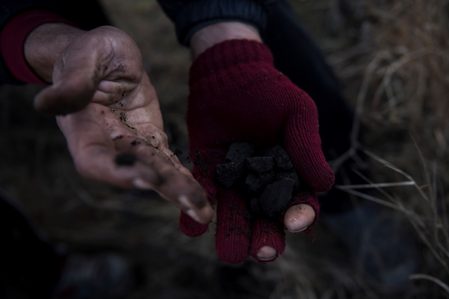
![[OPINION] First world prices for third world electricity](https://www.rappler.com/tachyon/2021/06/First-World-prices-for-Third-World-electricity-sq.jpg?fit=449%2C449)
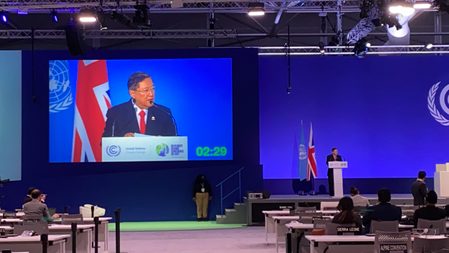












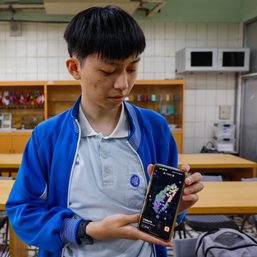

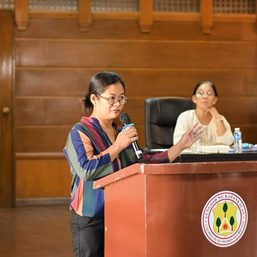




![[OPINION] What’s the right thing to do?](https://www.rappler.com/tachyon/2024/02/imho-whats-the-right-thing-to-do-02242024.jpg?resize=257%2C257&crop=259px%2C0px%2C720px%2C720px)
![[New School] Kagat ng realidad](https://www.rappler.com/tachyon/2024/02/new-school-kagat-ng-realidad-feb-14-2024.jpg?resize=257%2C257&crop=318px%2C0px%2C720px%2C720px)
![[New School] UP DiliMall, dili mall! Hindi nilalako ang edukasyon](https://www.rappler.com/tachyon/2023/11/ns-dilimall.jpg?resize=257%2C257&crop=307px%2C0px%2C720px%2C720px)
![[OPINION] A win for the breadwinner](https://www.rappler.com/tachyon/2023/08/iSpeak-win-breadwinner-August-1-2023.jpeg?resize=257%2C257&crop_strategy=attention)
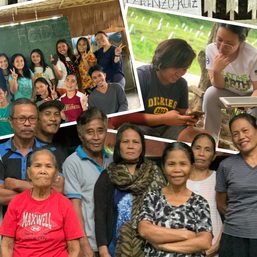
There are no comments yet. Add your comment to start the conversation.